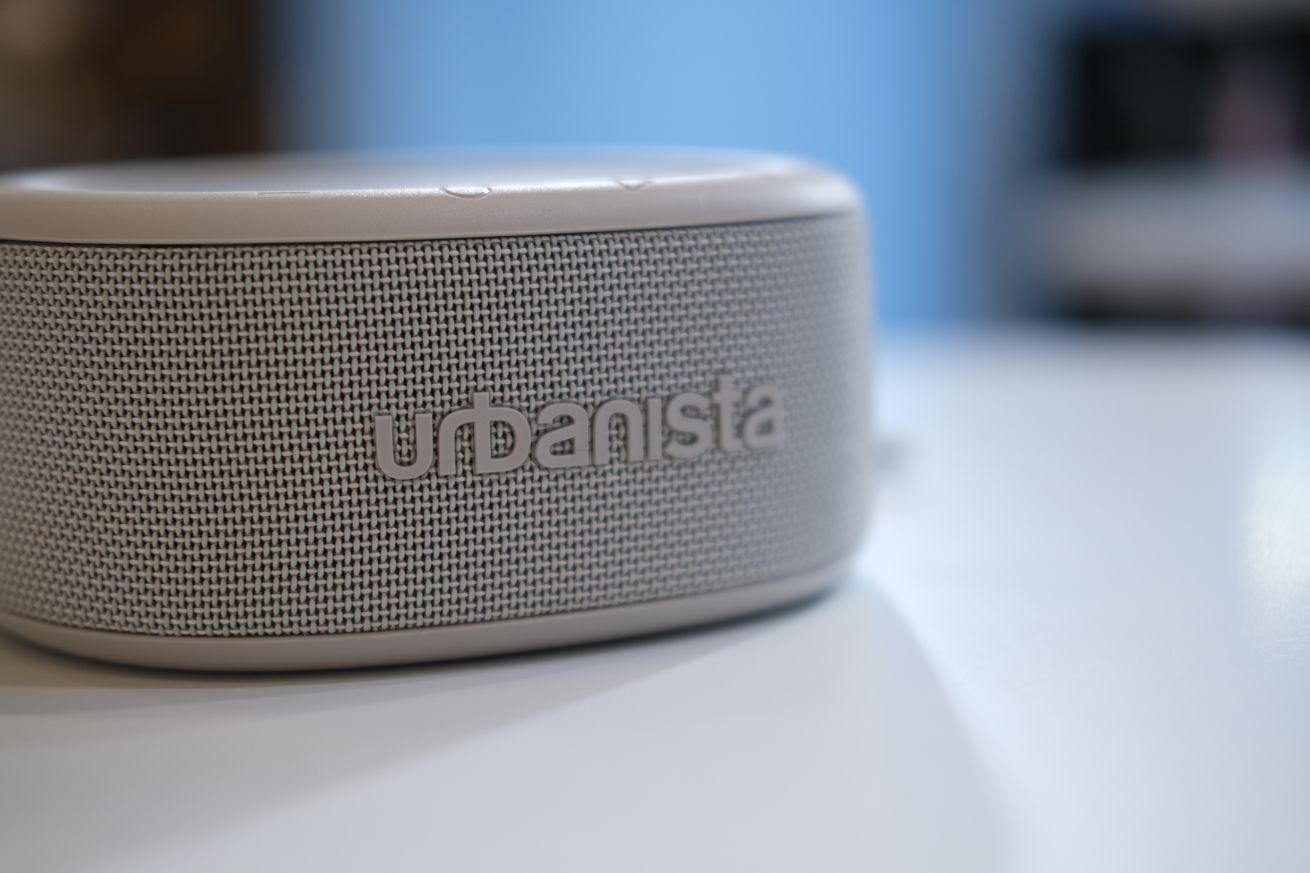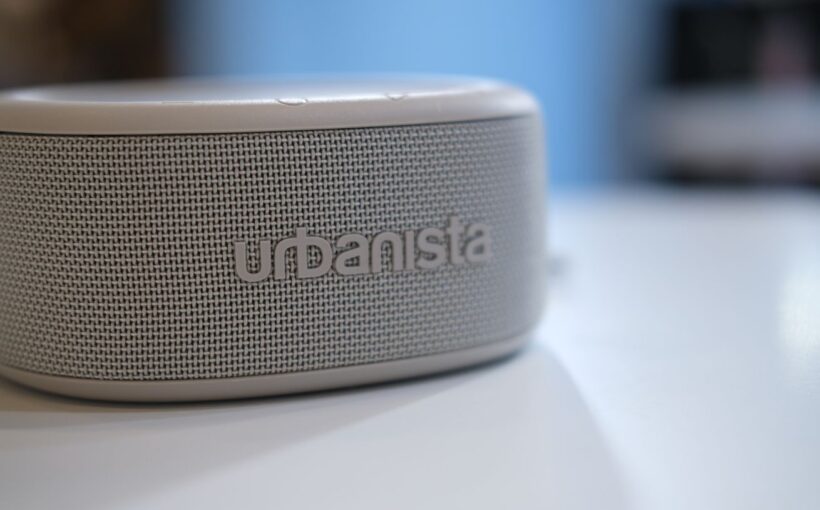
After releasing two solar-powered pairs of headphones, you would have thought that it’d be simple for Urbanista to apply the same technology to a Bluetooth speaker. But with the Malibu, which is being shown off at IFA in Berlin ahead of its release later this month, Urbanista says it had a whole new set of challenges to overcome.
That’s because the company’s approach to its solar powered products hasn’t just been to put some solar-absorbing material on an existing device and call it a day. Instead, Urbanista product director Marten Sahlen and the company’s brand and marketing director Tuomas Lonka tell me the company spends a lot of time making the products more power efficient in the first place, so they can get the maximum benefit from the extra sun-provided power.
But when it comes to Bluetooth speakers, that’s more of a challenge. “True wireless and headphones are a bit more straightforward in terms of efficient power consumption,” Sahlen tells me. “Whereas [the Malibu], as a speaker, consumes exponentially more.” Which makes sense when you think about the volume that an average Bluetooth speaker plays at versus a pair of headphones.
The way Urbanista describes it, it sounds like basically every part of the Malibu was designed with power efficiency in mind. Take its shape, which is different from a lot of the other cylindrical Bluetooth speakers on the market. This allows it to accommodate a pair of 2.5-inch speaker drivers because, as Sahlen explains, bigger speaker drivers are slightly more power efficient at a given volume than smaller components. The company also opted for slightly more expensive components that were more power efficient versus the alternatives.
Of course, the other thing that impacted the Malibu’s design was the need to find space for sun-harvesting material called PowerFoyle. PowerFoyle, made by the company Exeger, is (relatively) flexible, but only up to a certain point. “You can’t bend it in multiple directions at the same time,” Exeger’s CMO Sofie Lowenhielm says. In the end, the Malibu has around 50 percent more PowerFoyle by surface area than Urbanista’s Los Angeles over-ear headphones.
That results in a slightly square appearance, with a ridge around the top edge to raise up the playback controls around the basically flat PowerFoyle surface. Around back there’s a power button and USB-C port for wired charging, and there’s also an attached lanyard for carrying the speaker around.
Urbanista hopes to offer two main listening modes for the Malibu. There’s a regular listening mode, and then there are plans for a more power efficient mode that can be activated with a long press of one of the speaker’s buttons. Doing so will optimize the speaker for power consumption over sound quality, and Urbanista estimates that it’ll roughly double the playtime the speaker offers at the expense of more power-hungry bass output.
When all’s said and done, Sahlen tells me the Malibu should offer around 20 hours of playback if you’re listening to it in a pitch black room, rising to around 40 if you’re listening with its low power mode (though the team emphasized that the power-saving feature is in active development and they don’t have final numbers). Wired previously reported that the standard listening time would be closer to 30 hours, but Lonka tells me that this has changed through the development of the speaker.
In a brief listening session, it was clear why Urbanista has decided to make this power saving mode optional rather than the default. In its regular listening mode, the Malibu delivers a chunky and weighty listening experience, much like you’d expect from a rugged Bluetooth speaker advertised with photos showing it beside the pool. But with the power saving mode turned on, some of the bass’s impact gets reduced, and the sound separation isn’t quite as distinct. I can see it being very listenable for podcasts or the radio, but if you were to listen to say, EDM, I think you’d miss the extra bass response.
Add sunlight and the battery life predictions go up, obviously, but by how much is a very difficult question to answer given the sheer variability in sunlight around the world, throughout the year, and even over the course of a single day. PowerFoyle can also solar-charge indoors, which is another variable to consider. But, as a rough guideline, Sahlen says the speaker’s battery life should increase by around 50 percent when used continuously outside on an average sunny day, extending from 20 hours to closer to 30. Combine that with the fact that the speaker will continuously charge when not in use (sunlight permitting), and it has the potential to last a long time between plugged-in charges. Just be aware that sunlight is effectively trickle-charging the speaker, that USB-C port is there for when you need to charge it up at any kind of speed.
As with Urbanista’s Phoenix wireless earbuds, it’ll be possible to track the Malibu’s historical solar charging data via the Urbanista app. Lonka says the hope is that showing users this data will help “teach” them how to get the most out of the Malibu.
Urbanista has always pitched solar charging as a more sustainable way to power its products, but there’s also upcoming EU regulation about making batteries user-replaceable that it will need to adhere to by 2027. The company still needs to put processes in place to completely comply with this regulation, but the Malibu is already designed so that you can take it apart and replace its battery without having to deal with any glued components, Sahlen tells me. And that’s without compromising its IP67 rating for dust and water resistance.
When I reviewed the Los Angeles headphones in 2021 I couldn’t fault their solar-charging smarts, but had one or two issues with their fit and sound quality. With fit not being an issue here, and sound quality expectations being different for an outdoorsy Bluetooth speaker, the Malibu has obvious promise. Expect it to go on sale in “late September” for $149.



